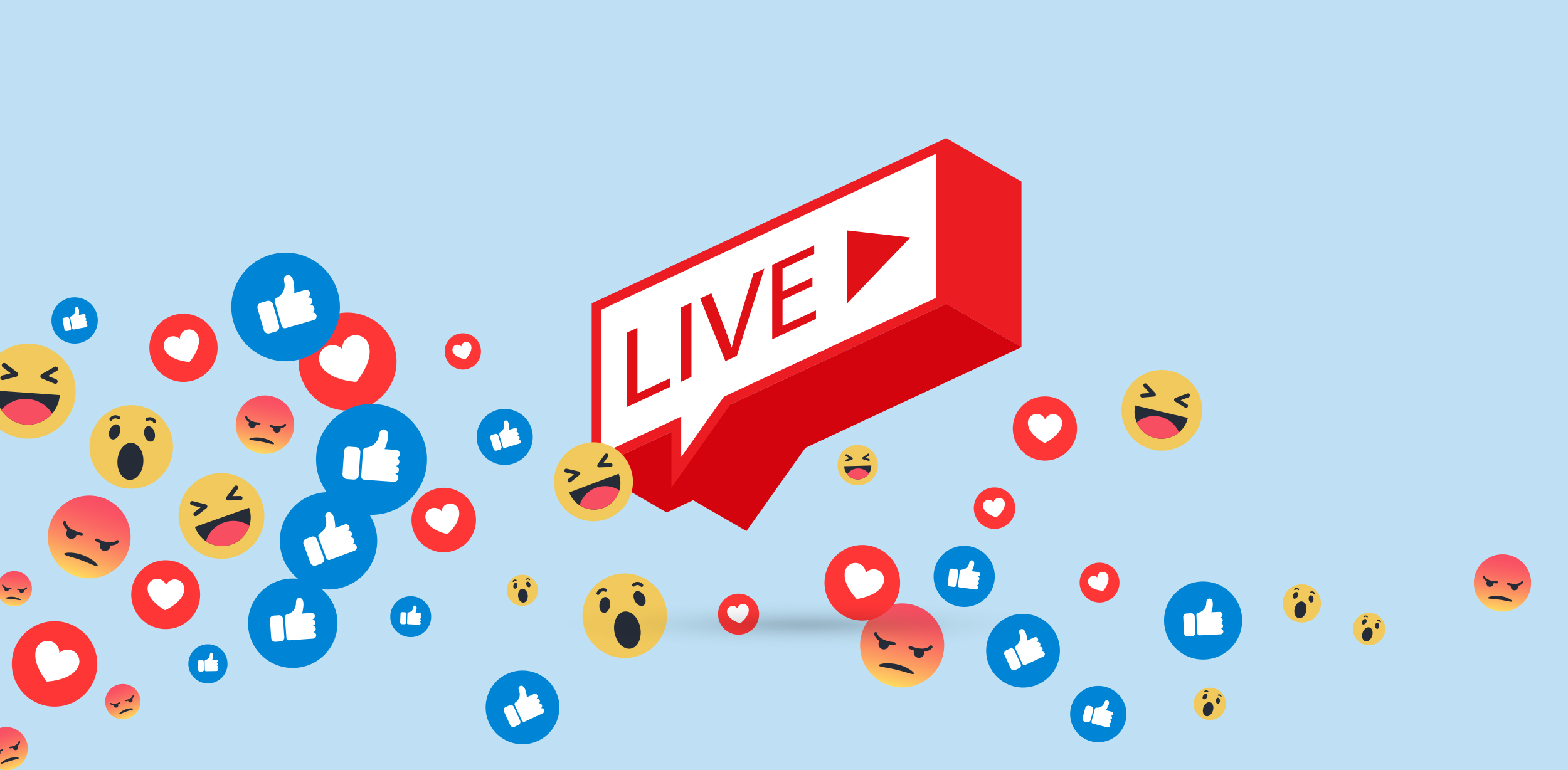


Face it, you are nothing without your audience.
Another expert in the Art of War, at least the war of management, Peter Drucker states in much of his work that the singular purpose of a business is to create a customer. (BTW, We wrote a whole article about that here.)
But that customer can’t just be imaginary, otherwise your business will end up imaginary too. You must know your customers—your audience.
Getting to know your audience doesn’t just keep you in business, it actually allows your business to thrive. Armed with audience knowledge you can make your advertising more relatable and personal. According to a recent report, you have a better chance of revenue growth the more personal you make things. In that report, we learn 78% of businesses that had a full or partial personalization strategy experienced revenue growth with only 1.5% having revenue loss. Furthermore, 93% of businesses with advanced personalization strategies experienced revenue growth with 0% reporting revenue loss. Yes, 0%.

But how do you get to know your customers?
Here are our top 5 ways to understand your audience as you know yourself:
Want help with these and your own audience? That’s what we’re here for!
1. Research your audience’s demographics and psychographics

The first thing to do when learning about your audience is research them. After all, you must mold your messaging to them, not the other way around.
Unfortunately, there isn’t one easy place to find all the information you need, but that’s part of the fun. Researching is like putting together a puzzle, only you have to find all the pieces first.
Don’t skimp on your research. As this study by Gallup points out, businesses that make use of their customer research and insights outperform their competition by 85%. Not bad.
You’re going to want to concentrate on two specific flavors of data: demographics and psychographics.
Demographics
Audience demographics are all the things that explain or describe who they are: Age, gender, ethnicity, location, education level, relationship status, income level, and any other relevant detail. Of course, these labels do shove people into cramped little boxes (never ideal), but when looking for customer generalities, they are valuable.
Demographics are key to guide how to segment your campaigns when you are doing more targeted marketing. For example, do you have a product that is good for farming? Then you can use your collected demographics to target the sections of your audience that live in more farm-friendly areas.
Psychographics
Though psychographics sounds like it should be a collection of photographs of serial killers, it’s actually the study of why people do things. Psychographics explores your audience’s emotional states, values, hopes, dreams, and every other factor inside their head that turns them from a spectator into a buyer.
Studying psychographics brings insight into how to motivate your audience to engage with your message and brand (and eventually buy what you are selling). To complete the example: With demographics, you targeted farm-friendly areas; with psychographics, you shape your ad around the best way to protect livestock (since that’s something that prompts farmers to act).
2. Research your competition

Okay, now we get to talk about knowing your “enemy.” You’re not the only one doing research into your audience—your competition is too. Don’t let their hard work benefit only them! Examine their website and social media channels. See how they are pushing their message to your shared audience. Analyze the language they use, and you can figure out the demographics and psychographics they are targeting.
Also check their videos and downloadable content (white papers, eBooks, etc.). Deep dive into your competition’s SEO. Everything you discover will instruct you how they are marketing to your shared audience. You’ll learn a bit of what to do and what not to do.
3. Listen on social media and mine reviews

Spend time not on your own content, but listening to the words of the marketplace. You can do this with social media listening and review mining — two techniques that give you some unique perspectives into your audience. With each, you are going straight to the source. Plus, both will offer you opportunities to interact directly with your audience.
Social Media Listening
Social media listening is NOT cyberstalking. We just wanted to get that clear from the start. What it is is reviewing social media for mentions of your company, your industry, and your competitors. It’s examining the discussions your audience are having. Social media listening lets you learn how your audience perceives your company and industry. It’s taking the pulse of your audience.
This technique will give you a view inside the minds of your customers. Honest and (often) emotional insights, since they are sharing their own stories. You’ll learn even more about the psychographics of your audience by exploring and listening to their social media.
Review Mining
Copywriting icon Joanna Wiebe wrote a fantastic piece on using review mining to help generate marketing headlines and copy. It’s authoritative. It works. It’s awesome. With review mining, you literally are combing through reviews for customer thoughts about a topic.
Here’s a simplistic view of the review mining process:
Well, guess what? It works for learning about your audience too. You’ll still be extracting the same information from these reviews; you’ll just be using the information differently. Also, while mining, check out company review sites to see what your audience is saying about you (and your competition).
Bonus Level
The added prize of social media listening and review mining is identifying customer service and product issues which you can (again, so long as it’s not creepy) directly engage with to boost customer satisfaction. Audience understanding and customer service in one rewarding package. Win-win.
4. Ask your audience

The fastest way to learn about someone is to be direct — ask them questions. You can do this with your audience too. One of the easiest ways is to send out a survey. Send the survey to your current customers and link to your survey in other places your audience frequents to get a wider sample size. Perhaps a reward upon completion will help get you data. Hey, it works for all the fast food restaurants who offer a discount or free offer if you take the survey on your receipt.
Another way to ask your audience is through interviews. For interview data to be useful, you need a lot of subjects.
With this in mind, the next time you attend a trade show or convention, make sure to use that opportunity to poll your audience. Prepare questions ahead of time so you get consistent data. Again, perhaps a reward for information will be successful in this situation. No one will say no to bringing home another free pen or multi-tool from a trade show.
5. Build customer personas

This is to say that good marketing is all about preparation and planning. Nobody likes spending time researching and creating customer personas (well, we actually do). But doing this work up front pays off in dividends when your communications resonate with the audience.
And so, the final technique for really understanding your audience is to spend some time using all that you’ve learned building customer personas. Customer personas are imaginary customers built from data acquired using all the above methods.
Hotjar, a leading website analytics company, has created a great formula, adapted here:
First, combine who a customer is (demographics) with why they do things (psychographics). Then, factor in all the actions you know they take, and you have created a very good persona. Customer personas should be as detailed and alive as you can possibly make them.
Personas only help you sum it all up. They are guideposts giving you a general direction for marketing; stand-ins reminding you of who you need to always keep in mind.
Combine multiple customer personas together and you have an audience persona. Audience personas give you a more macroscopic portrait of your audience as a whole (or, at least, as bigger groups). Then you take all this audience information and all these customer and audience personas, and you . . . well, that’s another story for another day.
If you didn’t know, now you know.
Knowing your audience is a continual process. It’s not something you can do once. People change, and so does the marketplace. So make getting to know your audience a regular thing.
And lest you think Sun Tzu is the only genius we can misappropriate, we’ll end with a quote from Mr. William Shakespeare:
Stop whispering info the hurricane. Give us a shout.


